American Bonsai Pots by BRANDON BESSERER – 4″
$50.00
POTTER: Brandon Besserer (America)
DIMENSIONS: 4″L x 4″W x 1 1/8″D
Measurements are interior.
These pots are high-fired to withstand freezing temperatures.
One of a kind bonsai pot – Handmade.
REFUND POLICY:
Pots are packed very carefully to insure it’s safe arrival. They are shipped with insurance for their value. If there is any damage during shipping please contact us within 4 days. Pictures are required of the damage.
bonsai pots
Bonsai Pots are essential for growing and displaying bonsai trees, offering both functionality and aesthetics. These pots come in various shapes, sizes, and materials, each designed to enhance the growth of your tree while complementing its unique appearance.
Key Features of Bonsai Pots:
- Material Variety: Bonsai pots are typically made from materials like ceramic, clay, plastic, or even wood. Ceramic and clay pots are the most common, providing good breathability for the roots. Plastic pots are lighter and often more affordable but may not offer the same aesthetic appeal as ceramic.
- Shape and Size: Bonsai pots come in a range of shapes, including round, square, rectangular, oval, and hexagonal. The size of the pot should be proportional to the size of the bonsai tree. A properly sized pot supports healthy root growth while providing stability for the tree.
- Drainage: Proper drainage is essential to prevent waterlogging and root rot. Most bonsai pots feature drainage holes at the bottom to allow excess water to escape. Some may also come with additional mesh screens to prevent soil from washing out.
- Aesthetic Appeal: Bonsai pots often come in a variety of colors and styles, including traditional, modern, and custom designs. The pot’s aesthetic should complement the style of the tree, enhancing its natural beauty. Neutral tones like brown, beige, or gray are often preferred for traditional bonsai displays, while more vibrant colors are chosen for more contemporary styles.
- Depth and Width: The depth of the pot is important for the growth of the roots, while the width affects the tree’s stability. Shallow pots are often used for more mature trees or trees with small root systems, while deeper pots provide more room for larger or younger trees.
- Glazed vs. Unglazed: Glazed bonsai pots have a shiny finish and come in various colors. They are often used for decorative purposes, particularly for formal bonsai styles. Unglazed bonsai pots have a natural, matte appearance that works well with informal or rustic bonsai styles, helping to blend in more naturally with the environment.
Selecting the Right Bonsai Pot:
- Tree Size: Ensure the pot is proportionate to your bonsai’s size. A pot that is too large can lead to excess moisture retention, while a pot that is too small can restrict root growth.
- Root Structure: Consider the root system of your tree. Trees with larger, more extensive roots may require a wider pot, while trees with a smaller root system can thrive in more compact pots.
- Tree Style: The style of your bonsai tree (formal upright, cascade, informal, etc.) should influence the shape and design of the pot. The pot should complement the tree’s shape without overpowering it.
Why Choose Quality Bonsai Pots?
- Healthy Growth: The right pot ensures that your bonsai tree has adequate space for root expansion, helping it thrive.
- Aesthetic Harmony: A well-chosen pot elevates the visual appeal of your bonsai, creating a harmonious and artistic display.
- Durability: Quality bonsai pots are built to last, with sturdy materials and proper drainage to support long-term growth.
Conclusion:
A good bonsai pot is an essential investment for any bonsai enthusiast, helping to support healthy growth while enhancing the beauty of your tree. Whether you’re looking for a traditional clay pot, a sleek ceramic design, or a modern plastic option, choosing the right pot will complement your bonsai’s unique characteristics and contribute to its overall health and presentation.

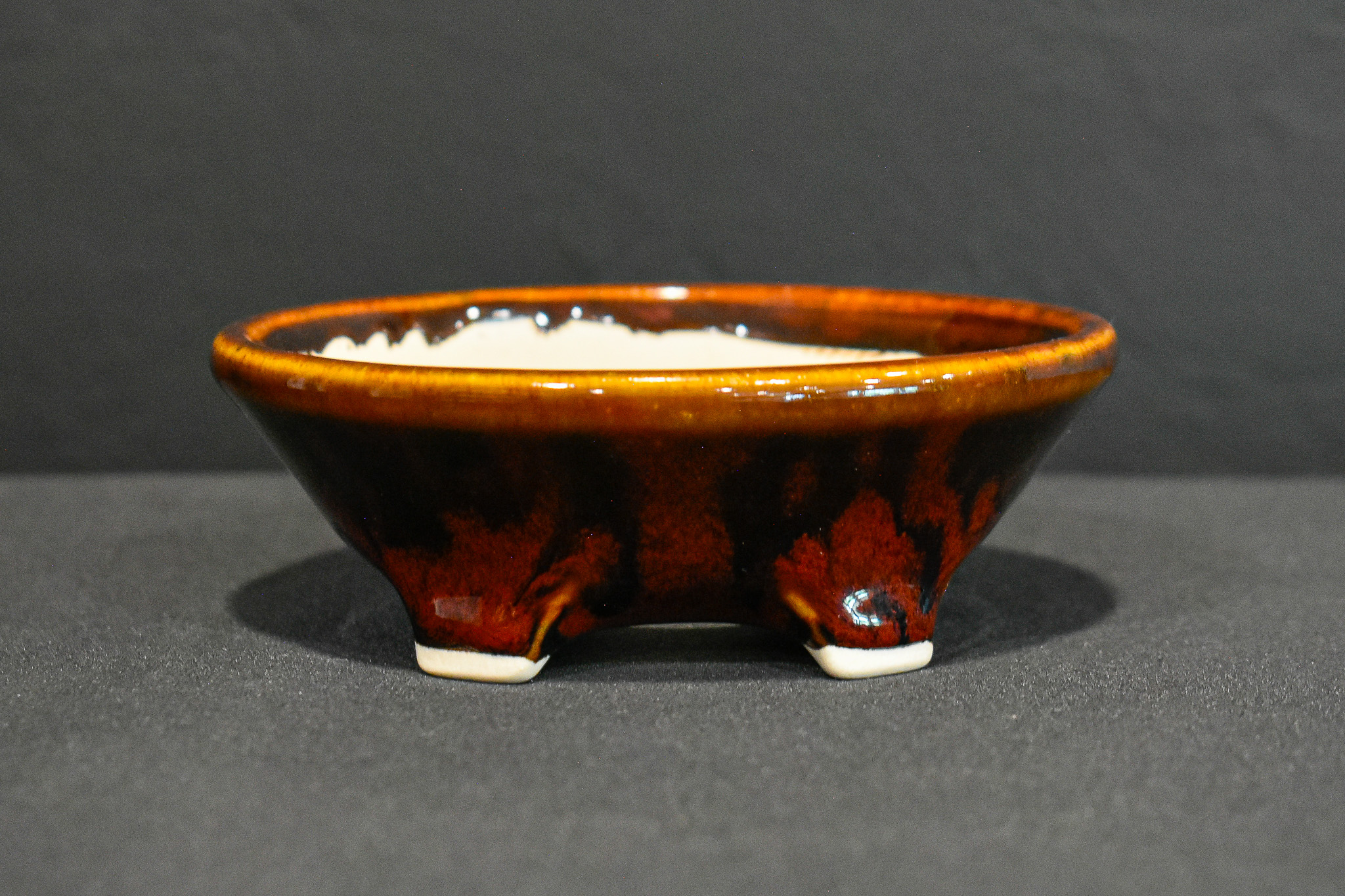
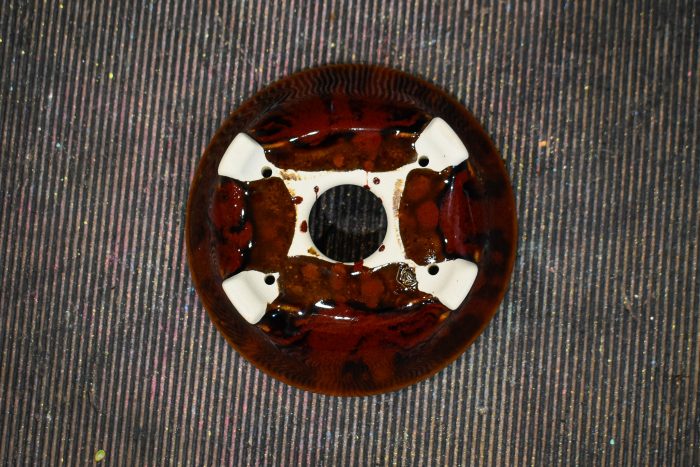
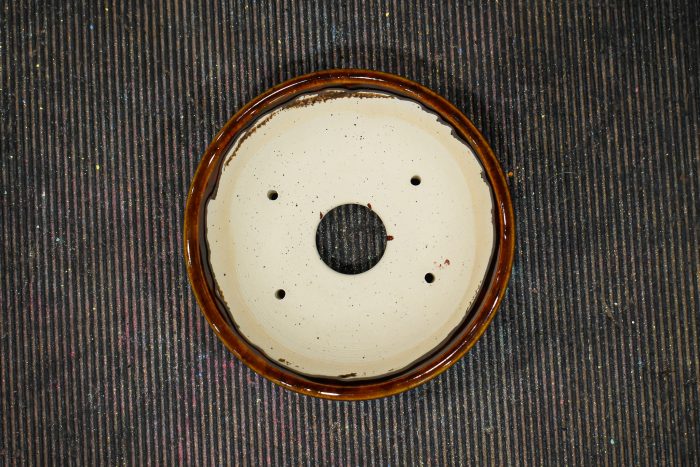
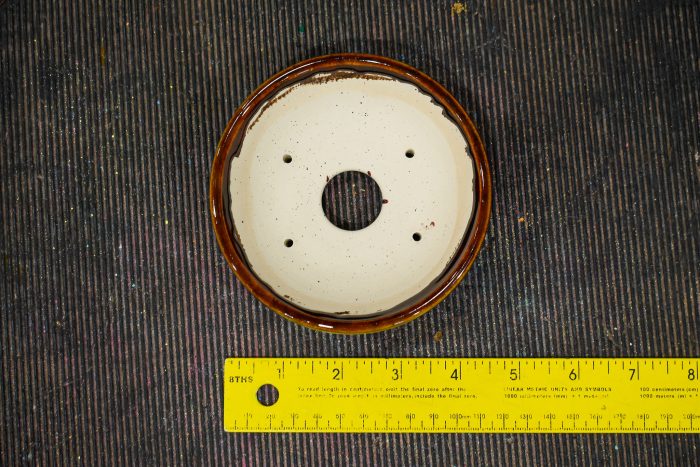
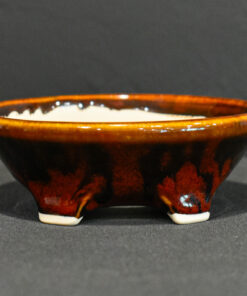

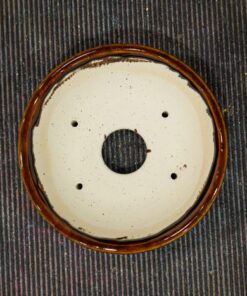
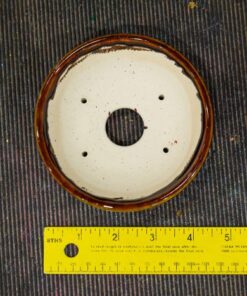
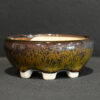
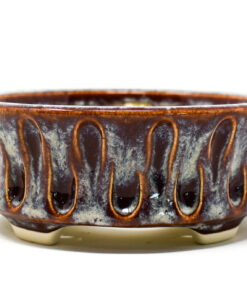
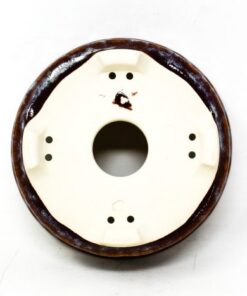
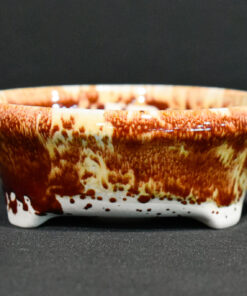
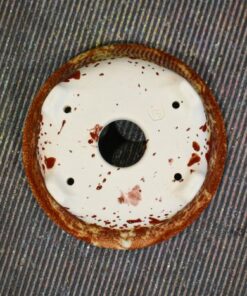

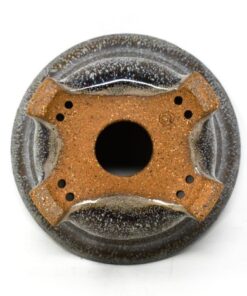
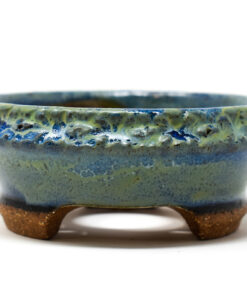
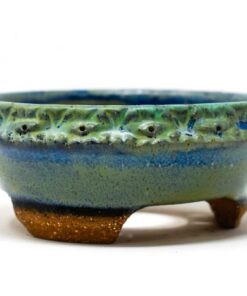
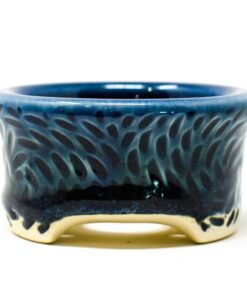
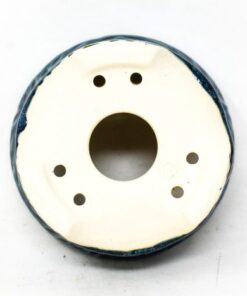
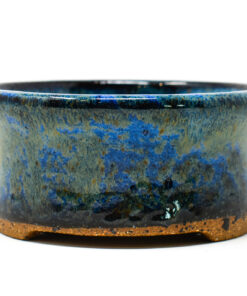
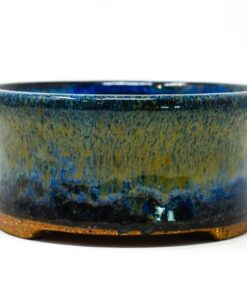
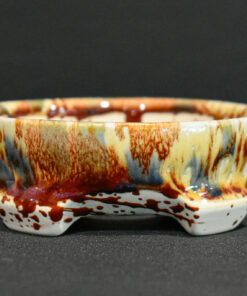
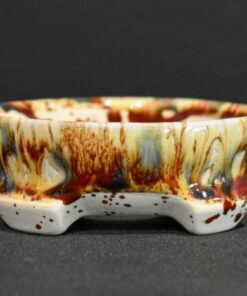
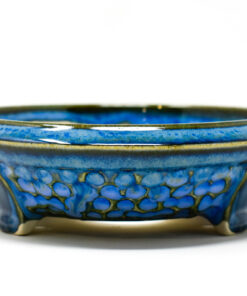
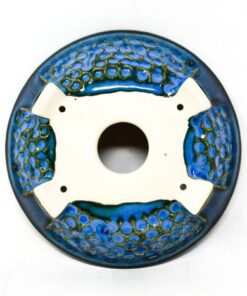
Reviews
There are no reviews yet.